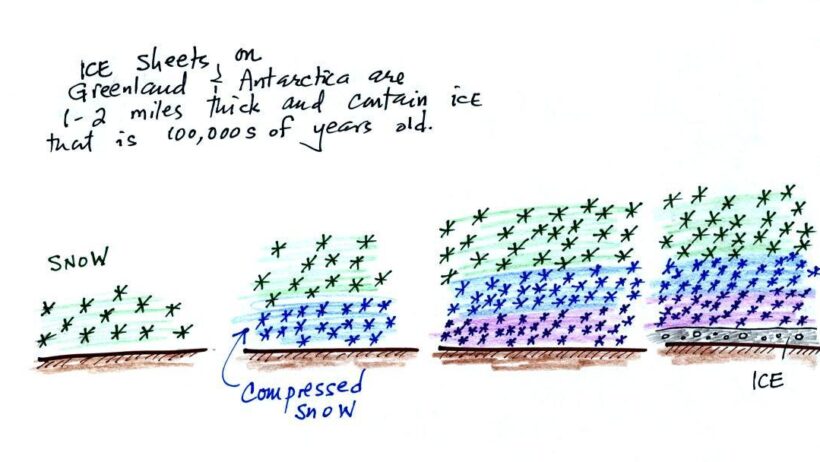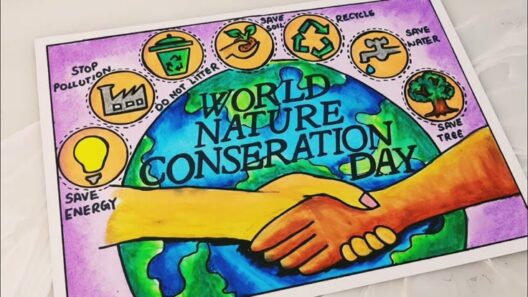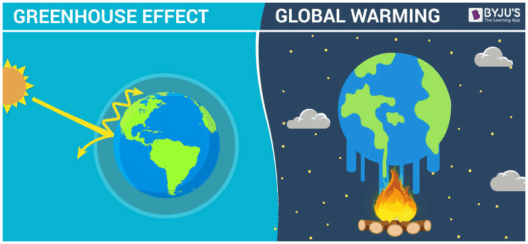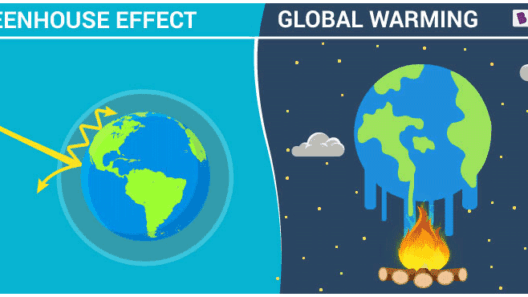As the planet warms, one of the most visible and alarming indicators of climate change is the shrinking of ice sheets. These vast expanses of glacial ice, primarily located in Greenland and Antarctica, serve as critical components of the Earth’s climate system. Their diminishment not only poses direct threats to global ecosystems but also reveals profound truths about the accelerating pace of global warming.
Ice sheets act as gigantic reservoirs of freshwater, and their stability is intricately tied to global sea levels. When these sheets melt, they release freshwater into the oceans, contributing to rising sea levels. Melting ice sheets can also disrupt oceanic currents and weather patterns, producing a cascade of effects that extend far beyond polar regions. Thus, understanding the dynamics of ice sheet loss is essential for comprehending broader climate mechanisms.
Recent satellite observations and research have provided a wealth of information regarding the rate of ice sheet melting. Scientists have documented alarming trends. In Greenland, it is estimated that the ice sheet is losing around 280 billion tons of ice per year, while Antarctica is shedding approximately 150 billion tons annually. These figures are staggering, representing an unprecedented rate of decline when compared to historical norms.
The consequences of these changes are felt globally. As ice sheets recede, they exacerbate the greenhouse effect, as dark ocean or land is exposed, which absorbs more sunlight and increases regional temperatures. This feedback loop amplifies the loss of ice in a relentless cycle. The implications stretch from the loss of habitat for polar species to the acceleration of climate-related disasters such as hurricanes and droughts in more temperate regions.
One fascinating aspect of ice sheets is their response to warming temperatures. Scientific studies indicate that portions of ice sheets are not merely melting from the top due to rising air temperatures, but also from below due to warming ocean waters. This undermines the ice structure, leading to accelerated disintegration. For instance, researchers found that warm ocean currents are eroding the ice’s grounding lines, the critical points where glaciers meet the sea, thereby hastening the influx of fresh meltwater into the ocean.
Moreover, the effects of shrinking ice sheets are not isolated. They alter local ecosystems and threaten species that rely on stable ice conditions. Polar bears, seals, and other Arctic wildlife face a precarious future as their habitats diminish and fragmented. The loss of ice also leads to increased human-wildlife interactions, as animals venture closer to human settlements in search of food and habitat.
One cannot discuss melting ice sheets without addressing the socio-economic repercussions. Coastal cities are undeniably at risk. Major metropolitan areas, including New York, Miami, and Jakarta, have already begun implementing adaptation measures in response to rising sea levels. Investments in seawalls, elevated infrastructure, and disaster preparedness have become indispensable, with forecasts predicting that millions of people could be displaced in the coming decades. The migration of climate refugees poses significant challenges to global governance and geopolitical stability.
Scientific research continues to unveil the multifaceted implications of ice sheet melting. For example, as ice sheets contribute to rising sea levels, they also liberate long-sequestered greenhouse gases such as methane and carbon dioxide, which have been trapped in permafrost for millennia. The release of these gases further aggravates climate change, creating a vicious cycle that is difficult to control.
Indeed, the disappearing ice sheets serve as an unambiguous indicator of our planet’s health. Their retreat is evidence not just of warming temperatures, but of long-term climatic shifts. Climate models, which rely on past and present data to predict future trends, emphasize the criticality of monitoring these phenomena closely. As ice continues to vanish at alarming rates, forecasts will likely need substantial recalibration, representing a formidable challenge for climate scientists and policymakers alike.
Public discourse surrounding climate change has increasingly focused on ice sheets as pivotal symbols of our environmental crisis. Visual depictions of calving glaciers and satellite imagery documenting ice loss have resonated with audiences, helping to galvanize public awareness and activism. These visuals evoke an emotional response, driving home the urgency of the climate crisis and fostering a sense of responsibility among individuals and governments alike.
In summary, the shrinking ice sheets offer compelling evidence of global warming and an urgent call to action. They encapsulate the intricate interplay between the atmosphere, oceans, and biosphere, serving as both a formidable indicator and a catalyst for change. Addressing the challenges posed by melting ice requires not only scientific ingenuity but also collective action across all strata of society.
We stand at a crossroads in terms of climate policy and environmental responsibility. The ongoing alterations in our planet’s ice reserves reinforce the need for intense scrutiny of our carbon footprint and a reevaluation of our energy dependencies. Transitioning to sustainable practices and fostering resilience in the face of ecological changes is paramount. As ice sheets continue to melt, they reveal truths that demand our attention and action, presenting a stark reminder of our role in the stewardship of our planet.








